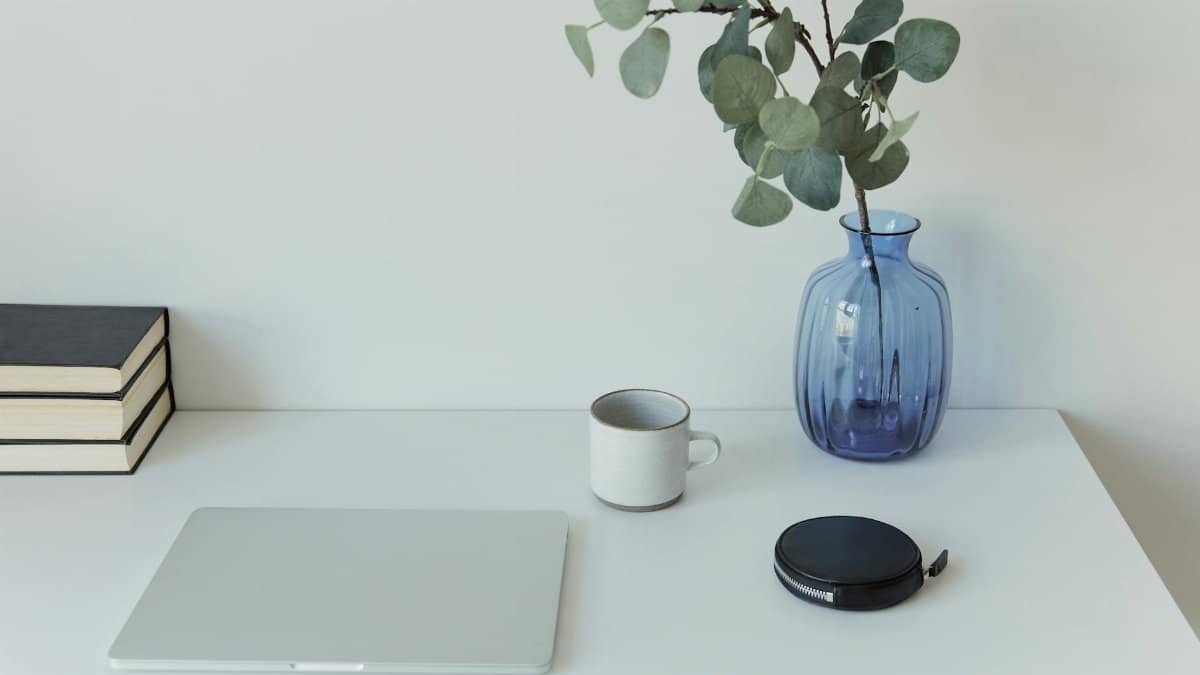Is the wonder pause plant technique the secret to beating mental fatigue? This simple desk-plant method, gaining traction in 2025, promises a quick reset for overwhelmed minds. By gazing at a plant’s leaf veins for just 20 seconds, you can trigger a moment of micro-awe, easing stress and sharpening focus. It’s not just a trend—early research backs its calming effects. As workplace burnout climbs, this low-effort hack might be the breather you didn’t know you needed.
What Is the Wonder Pause Plant Technique?

The wonder pause plant technique is straightforward: keep a small desk plant nearby and take 20-second breaks to stare at its intricate details, like leaf veins or textures. The idea is to spark a fleeting sense of awe, pulling you out of a mental rut. Coined by wellness advocates, it’s rooted in biophilia—the human need to connect with nature. No green thumb required; even a fake plant can work if the visual complexity grabs your attention.
Why Does It Help with Focus?

Staring at a plant for a brief moment forces your brain to shift gears. Studies suggest that exposure to natural elements, even briefly, can lower cortisol levels and reduce mental fatigue. A 2019 study from the University of Michigan found that just 20 minutes of nature interaction improved cognitive performance ( Nature Scientific Reports ). The wonder pause plant method condenses this into a desk-friendly micro-break, ideal for packed schedules.
How Does Micro-Awe Play a Role?

Micro-awe is the quiet wonder you feel when noticing something small but intricate—like a leaf’s pattern. Psychologists say these tiny moments of awe can disrupt negative thought loops and boost mood. According to research from the Greater Good Science Center at UC Berkeley, awe reduces stress by making us feel connected to something bigger ( Greater Good Science Center ). This technique taps into that power without needing a grand vista.
Who Can Benefit from This?

Anyone stuck in a high-stress, screen-heavy routine can gain from this. Office workers, students, or remote employees juggling endless Zoom calls are prime candidates. Burnout rates are soaring—over 50% of U.S. workers reported feeling burned out in 2024 surveys. A quick plant-based pause offers a no-cost, no-time way to recharge. It’s especially handy for those without access to outdoor green spaces during the workday.
How to Set Up Your Desk Plant?

Getting started is easy. Pick a small, low-maintenance plant like a pothos or succulent that thrives indoors. Place it within arm’s reach on your desk so it’s easy to glance at. Ensure it gets enough light if it’s real, or opt for a realistic artificial one if upkeep isn’t your thing. The key is visual detail—choose something with interesting shapes or patterns to draw your eye during a break.
Does It Really Work?

Early feedback is promising but not conclusive. Users report feeling calmer and more centered after a 20-second pause, though hard data is limited. Small studies on nature exposure support the concept, showing reduced anxiety and improved attention after brief natural stimuli. Skeptics argue it’s a placebo, but even if it’s just a mindful moment, the reset can still help. Try it during your next stressful deadline and see the effect for yourself.
Integrating It Into Your Day

Make the wonder pause plant technique a habit by tying it to existing triggers. Feeling frazzled after a tough email? Take 20 seconds with your plant. Brain fog during a project? Shift your gaze. Set a timer for every hour if you need reminders. It’s less about rigid rules and more about carving out tiny windows to breathe. Over time, these micro-breaks can add up to a clearer headspace.
